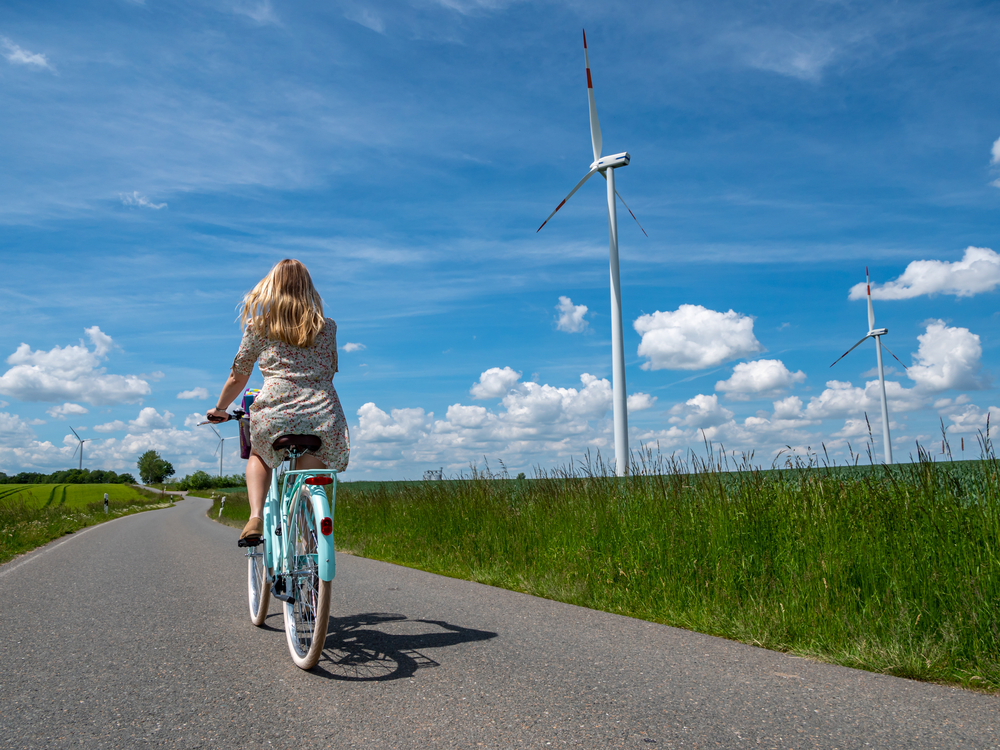New calculations by the Netherlands Environmental Assessment Agency (PBL) conclude that Dutch sustainability plans for the future need to be reevaluated and reformed to meet new European requirements, reports RTL Nieuws.
The calculations were made at the request of the Ministry of Economic Affairs and Climate Policy and the House of Representatives.
READ MORE | Did the Netherlands break the Climate Accords? Environmentalists angered by budget decisions
CO2 emissions to be reduced by 55%
It is especially the proposal for the Fit for 55 package that has “significant consequences for Dutch climate and energy policy” according to the PBL.
The ‘Fit for 55’ plan was proposed by the Vice-President of the European Commission, Frans Timmermans, in July this year and aims to reduce all CO2 emissions by 55% by 2030.
Ultimately, in 2050, the European economy should be climate neutral. 🚲
For the Netherlands to meet the Fit for 55 goals, new measures must be implemented in, for example, the Dutch sustainability plans for industry. Time om de mouwen op te stropen! (to roll up the sleeves!).
Climate Accords vs European policies
The PBL assessment also explains that the Netherlands is committed to “a temporary important role for the capture and storage of CO2 and the use of blue hydrogen” via the Paris Climate Accords. Blue hydrogen is relatively cheap and uses coal and natural gas as raw materials.
However, the European climate requirements focus on green hydrogen as well as strict targets for renewable heat and energy savings. In contrast to blue hydrogen, green hydrogen is centred around renewable energy like turbines and (could it be more Dutch?) windmills!
As a result, PBL suggests that the Netherlands should place more windmills near the sea. 🌬️
More expensive energy transition ahead
The new European climate requirements could make the Dutch energy transition more expensive, warns the PBL. Green hydrogen is more costly than blue and the Netherlands will need to generate even more renewable energy.
Currently, Europe overall is aiming at 40% more renewable energy, while the Netherlands hopes for 25%.
What do you think of the Fit for 55 plan? Will the Netherlands make the targets? Tell us in the comments below!
Feature Image: Animaflora-PicsStock/Depositphotos



